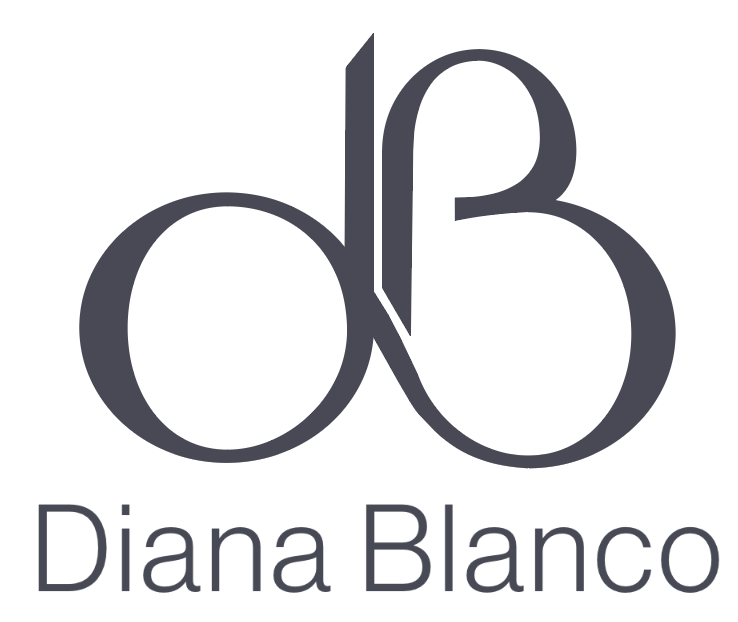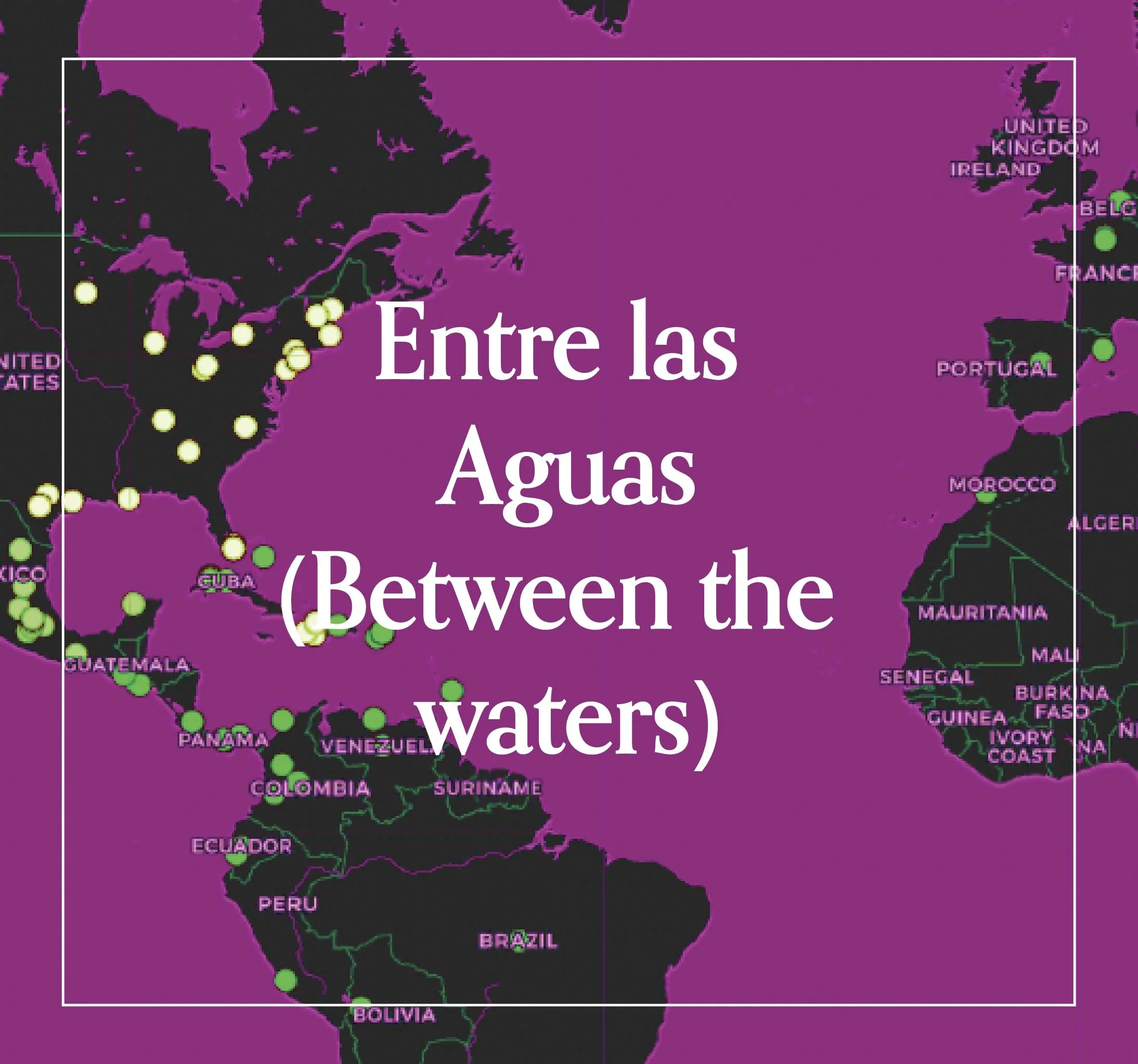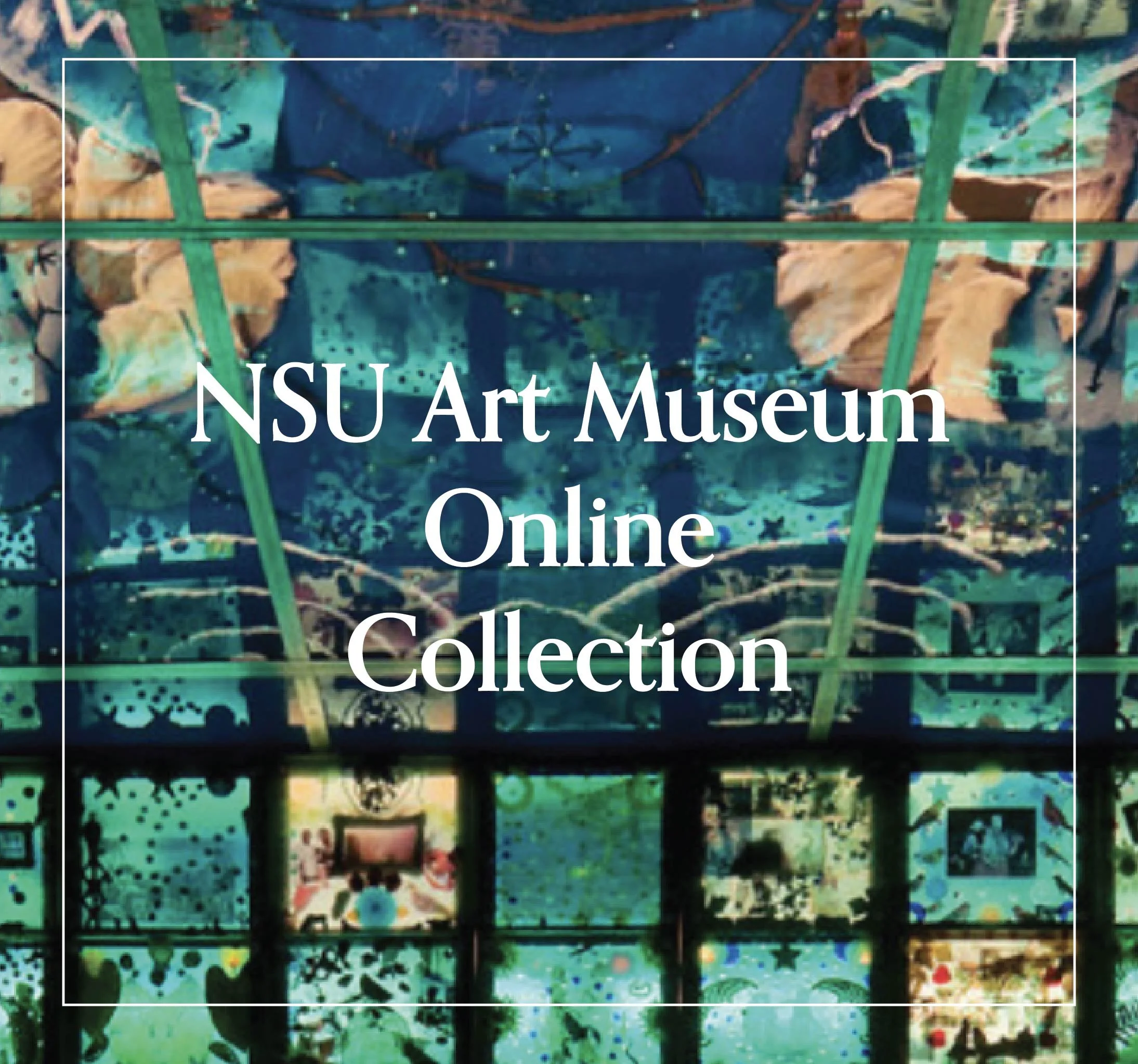
Digital
Humanities
Portfolio
“Digital humanities is a nexus of fields within which scholars use computing technologies to investigate the kinds of questions that are traditional to the humanities, or ... ask traditional kinds of humanities-oriented questions about computing technologies.”
— Kathleen Fitzpatrick
The following projects showcase Diana Blanco’s wide-ranging exploration in the field of Digital Humanities (DH), both inside and outside academia. Her experience in the museum sector inspired her initial contact with DH, where she worked on projects involving the digitization of art collections, questioning museum categorizations of art, and embarking into digital curation. Building upon this foundation, her recent work focuses on in-depth analysis of existing datasets, examining data collection and reporting, as well as critically examining the gaps and silences within the data, seeking to uncover the implications of these methodologies on the human subjects involved. Together, these projects bridge the gap between traditional humanities disciplines and digital technologies, challenge methodological standards and data structures, provide counter-narratives, and foster a deeper understanding of the human experience.
COLOMBIAN LAND AND ENVIRONMENTAL DEFENDERS UNDER THREAT (2022-2023)
A closer look at the Global Witness reports of the environmental activists killed in Colombia from 2012 until 2021
ENTRE LAS AGUAS (2021-2022)
Tracing Spatial Journeys in the Latin American & Latinx Collection of the NSU Art Museum, Fort Lauderdale, Florida
DHS DETENTION WATCH (2022-2023)
Examining ICE facilities and Detainee Conditions, 2019-2022
ARTIVISMO (2020)
A Latin American artistic activism digital exhibition
NSU ART MUSEUM ONLINE COLLECTION (2017-2021)
An initiative to digitize a 7,500 object collection
PLANTQUEST: FORGOTTEN CANOPY CONFERENCE WORKSHOP (2023)
Mobile application to map ephemeral architecture plants in the UCLA Mildred E. Mathias Botanical Gardens
What is Digital Humanities?
Defining the Digital Humanities (DH) has been an active debate in academic circles for almost two decades. Traditional humanity fields seek to define and interpret culture and cultural production to help us gain a greater understanding of the human experience. DH is a transdisciplinary, generative, process and data-driven field that sits at the intersection between technology and humanities. In 2010, Kathleen Fitzpatrick stated that “DH scholars not only use computing technologies to process and analyze traditional humanistic inquiry, but also ask traditional kinds of humanities oriented questions about computing technologies and any type of digital object or data.” In other words, the intersectionality of DH between technology and humanities, allows it to utilize technology in the processing, analysis, and presentation of humanities scholarship to provide additional insights into the human experience, while also seeing the implications of technological advances from a humanistic lens.
The transdisciplinary nature of digital humanities challenges the traditional divisions within academia and pushes for collaboration across a diversity of fields, from statistics to art, media design to history, and gender studies to computer science. This integrative collaboration provides opportunities for innovation in theoretical and practical methodological approaches allowing new methods of knowledge creation and knowledge sharing to arise. Additionally, the multimedia nature of the field presents new questions into what can and should be considered scholarship and who and how they can contribute to scholarship.
Some of the most popular methodologies and approaches to digital humanities include: Textual analysis, which may involve textual cataloging, close reading tools, and distant reading for textual pattern analysis; processing and humanistic analysis of structured and unstructured data; Data visualization; Geospatial representations (GIS) that recognize the importance of developing geo-temporal visualizations and mapping platforms to analyze complex social, cultural, and historical dynamics; Simulated Virtual Reality spaces; Network analysis; Multidimensional rendering and modeling; and statistical and quantitative analysis on humanities data.
Excerpt from Chapter 1: "Humanities to Digital Humanities" in the book "Digital_Humanities" by Anne Burdick, Johanna Drucker, Peter Lunenfeld, Todd Presner, and Jeffrey Schnapp published by MIT Press in 2016.







